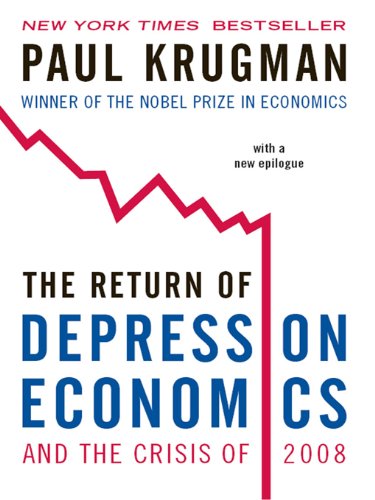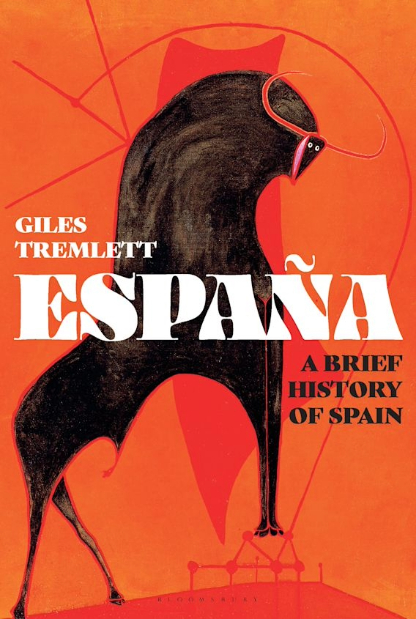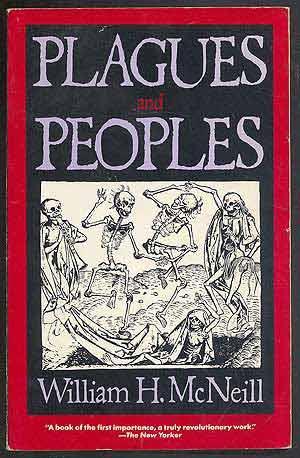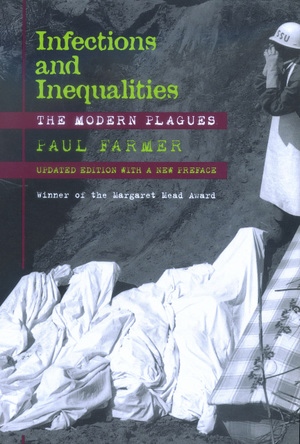The Biggest Prison on Earth: A History of the Occupied Territories, Ilan Pappe, Oneworld, 2017, pp. 273, $30, ISBN 978-1-85168-587-5
In the six days of war, Israel emerged victorious against four Arab armies. Syria, Egypt, and Jordan, supported by Iraq, were defeated. In fact, by June 8, 1967, Israeli army reached the Suez Canal in the South and the river Jordan in the West.
Nasser’s belligerence was delivered in the columns of Al-Akhbar newspaper, and in his oratory. Allegedly proclaiming that the Egyptian goal is nothing less than the destruction of the State of Israel, Nasser summoned the symbolic power of the entire Arab world behind him. Upon signing a defense agreement with King Hussain of Jordan on May 30, 1967, Nasser proclaimed that “The armies of Egypt, Jordan, Syria, and Lebanon are poised on the borders of Israel … to face the challenge, while standing behind us are the armies of Iraq, Algeria, Kuwait, Sudan and the whole Arab nation”. The others certainly joined the fray and amped up the rhetoric.
Amped rhetoric was substantiated on 18 May, 1967 when Nasser rescinded Egyptian consent for UNEF to be stationed on its soil in Gaza, the Sinai and Sharm el-Sheikh and requested its immediate withdrawal. The body that was tasked with supervising the truce between Israel and Egypt following the 1956 war was withdrawn within hours following Nasser’s request. UN Secretary General at the time, U Thant, did not consult the Security Council but withdrew the forces unilaterally. It is worth remembering that Israel refused to station the forces on its soil in 1956 and that this provided it with another opportunity to re-station them on its side of the border. What followed was the closure of the Straits of Tiran, which prevented Israeli registered vessels from reaching the secondary port of Eilat, through which the bulk of oil was imported into Israel. Israel had declared this a red-line, a casus belli.
At 3:10am on June 5, 1967, the then President of the UN Security Council, the Danish Ambassador Hans Tabor was informed that joint Egyptian-Syrian force had moved against Israel and that Israel had responded. By 3:30am, the Egyptian delegate informed Tabor that it was, in fact, Israel who had acted first.
Thus the story of the origins of the Six Day War. Israel faced an existential threat from the Arab world and acted in self-defense. Its subsequent occupation of the West Bank and Gaza were thus a necessary security arrangement. Episodic, contingent, simple.
But serious scholars have since debunked this largely fabricated history of Israel’s aggression. In his meticulous study on the image and reality of the Arab-Israeli conflict, Norman Finkelstein debunks each of the aforementioned claims and shows in fact that the war had been premeditated by the Israeli political elite.
Ilan Pappe’s new book, The Biggest Prison on Earth, adds another layer to the story of the occupation’s genesis and subsequent maintenance. It follows his acclaimed Ethnic Cleansing of Palestine, also published by Oneworld, which dealt with the Nakba and Israel’s strategy of purging the Palestinians from their territories by systematically expelling the population and destroying their villages while creating the State of Israel in the 78 percent of historic Palestine.
Pappe’s story picks off in 1948, showing how the State was created to initially exclude the West Bank due to a political compromise with the Kingdom of Jordan. Political compromise is essential here as it signals a decision not borne out of military defeat. When the deal was exposed, the Zionist leadership felt the sense of a ‘missed opportunity’ to push West and occupy Judea and Samaria, thus realizing the creation of Eretz Israel. Foremost among them was David Ben-Gurion, who was the leader until 1963, bar two years interrupted by Moshe Sharett. Through to ’67, Pappe shows how Israel actively sought out confrontation in order to realize its expansionist aspirations. Particularly in the ‘50s, with upheavals in the Arab world, the threat of ‘radicalism’ was concocted to serve as a pretext for Israeli intrusions, such as intrusions into the no-man’s land in the Golan. Israeli Operation Rotem and Operation Moked were both prepared and aimed at striking the Arab armies well prior to 1967. The plan was ready, only the excuse was missing. Nonetheless, it was actively sought.
In fact, as Pappe shows, the preparations for the occupation were in place as early as 1963, when the ‘Shacham Plan’ was devised, whose official name was ‘the Organization of Military Rule in the Occupied Territories’. The plan envisaged a Governor General of the Occupied Territories, assisted by a legal team and the officials of the Ministry of the Interior and supported by the academics of the Hebrew University. Those to head the administration were to be the veterans of ’48. In order to train future administrators, courses were held at Hebrew University, which saw participants learn from textbooks such as the ‘Military Rule in Occupied Territories’, which instructed on how best to cleanse the Occupied Territories from hostile elements and encourage collaboration while punishing those who resisted. The military Attorney General’s code name for the plan was Granit and included minute details on how to govern the territories.
These revelations are important as they introduce the ideological element into the conflict that historiography has largely treated as an episodic conflagration between belligerent states. It shows how the ideological commitments of Zionist leaders that won the State of Israel shaped its future policies and how in turn, the execution of those policies led to wars. Thus, when the Six Day War came, it was a war of choice, with a specific purpose of occupying the West Bank and Gaza. This offers an entirely new reading on the well-known facts of the origins of the war and its aftermath.
Immediately following the war, the consensus was that the new security border had to be the river Jordan. Sifting through the newly released government minutes, Pappe shows how the decision to exclude the West Bank and Gaza from any future negotiations was made. Having settled the question of physical geography, the leaders had to decide the fate of the occupied population. Integrating the large Palestinian population into Israel would pose a demographic challenge and was thus to be excluded from consideration. Prime Minister Eshkol flaunted the idea of concentrating the people in a canton with autonomy or transferring them to Jordan. Finally, it was decided to divide the area into its Palestinian and Jewish components. It was essentially this policy that informed all the subsequent ones that saw the bisection of the territories and the creation of settlement blocs. The fact that the debate disregarded the Geneva Convention was also telling and laid the foundations for the dichotomy between what Israel said and what Israel did. The dichotomy required (s) a public relations effort aimed at obscuring the reality in order for the actual policies to be implemented.
Thus the mega-prison was born.
Under the guise of urban planning, the municipality of Jerusalem was reworked so as to expropriate the Palestinian land. The current boundaries of the city were established in 1967-1968 by General Rehavam Ze’evi. As Pappe states “the principal means used to expand…were systematic land robbery, colonization”. The resultant 15 colonies were called neighborhoods and housed Israeli citizens and were to be excluded from any negotiations. What these did were to drive a wedge into the Palestinian territory. Yigal Alon was the man who further developed these wedges to extend beyond the Jerusalem area. By giving the expropriated land to the JNF, an organization which was prohibited from selling to non-Jewish people, Israel ensured its extension into the territories. The wedges separated Palestine and contained the inhabitants within the bisected area, to be ruled by the military who acted as its legislative, executive and judicial branch. The Israeli Supreme Court legalized the pillage. These policies paved the way for groups such as Gush Emunim to settle and grow. These developments confined the space in which the Palestinians could live and enclosed them within, placing them at the mercy of the military who came to regulate their everyday life. This Pappe views as the origins of the mega-prison.
The prison model takes two forms: the open-air and maximum security. In the open-air prison, there exists a semblance of autonomous life of the Palestinians, while the maximum security model strips away this autonomy and imposes penalties. In effect, this represents a carrot and stick policy that is deployed by Israel to govern the Palestinians. However, the open air modern is still stifling. Having your movement controlled, economic and social well being contingent, and just being at the mercy of an occupying power that attempts to further its goals at the behest of your community produces upheavals. The intifadas and resistance then generates a move towards the maximum security model that strangles even more. Thus the mega-prison is fluid, shifting from mild to harsh, depending on the prisoners’ obedience.
The biggest prison on Earth is Palestine, in the West Bank and the Gaza Strip. Pappe’s book clearly outlines its intentional development and shatters the myths behind the security narrative. However, most of all, the book shows the incredible and admirable steadfastness of the Palestinian people who endure these policies and yet, refuse to die.




